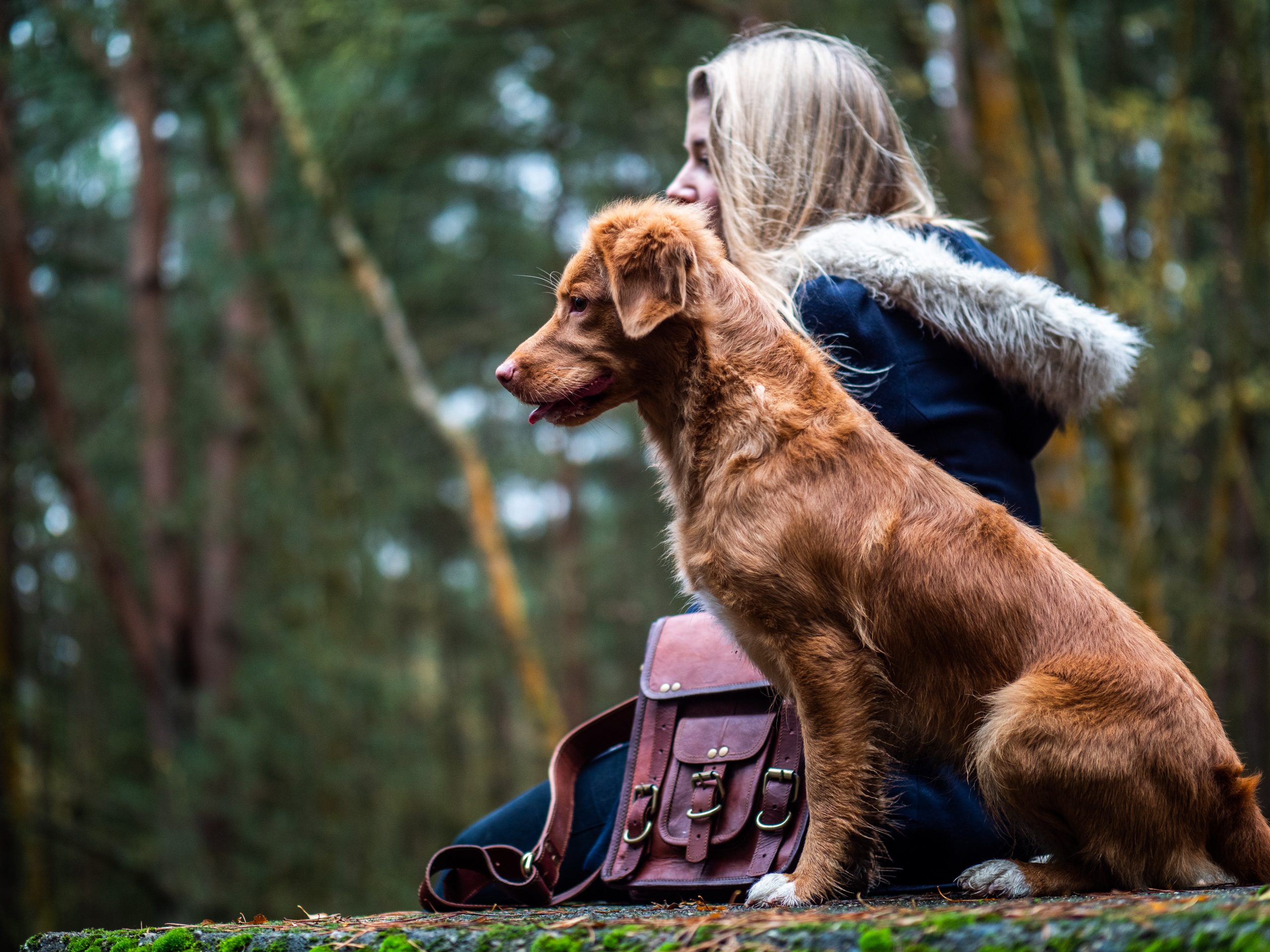
Authored by Adehm Fehmi for Barking Heads
I’m a dog behaviourist, and these are my tips for exercising your pet in the cold weather
Although some of us humans might loathe the idea of walking in wetter, colder weather, most dogs do not mind braving the elements to get out of the house for some exercise on a daily basis.
The UK is well known for its wet, cold, and sometimes windy winters, so to make walking at this time of year more enjoyable for all involved, here are a few tips:
Ensure you have suitable clothing that keeps out the elements – for both you and your dog!
For you, a pair of wellies or waterproof walking boots (even better if they’re jersey or neoprene lined!), a waterproof coat, hat, and scarf are a must. You can even get waterproof overtrousers if you want to go the whole hog! For colder days, layer up, and wear thermal clothing if you have it. For your dog, especially if they are smaller in stature, short-coated, elderly or you know they are susceptible to the cold, ensure you purchase a well-fitting coat. These come in all shapes and sizes, some are designed to fit over their back where as others extend down their legs, which not only helps to keep them warm but can also help to guard their legs from mud. The more protected the both of you are, the more comfortable your walk will be.
Find sheltered places to walk such as in woodland –
Trees can offer fantastic cover from the elements. Some dog training schools and dog parks may also have a sheltered area available for hire for exercise sessions. Failing an outdoor venture, if your dog is confident in public spaces, think outside the box and consider taking them for a trip and little walk around the local pet supermarket and even dog-friendly establishments such as shopping centres and department shops that allow well-behaved dogs on leads such as John Lewis. You will of course need to ensure that your dog has the opportunity to toilet outside of these types of venues however they can be a great social experience and provide both physical and mental enrichment when the outside world is not so inviting due to the weather.
Check the weather forecast and, where possible with your schedule, time your walks with breaks in the weather –
Although a slightly later morning walk or an earlier than usual afternoon walk might mean you need to shuffle a few things around in your day, you’ll be thankful of your forward planning when you miss the almighty downpour or hail stones!
Employ a reputable dog walker for days you know that you simply cannot get out with your dog as needed –
Dog walkers are well prepared for the wetter, colder weather and will know the best spots to take your dog to in the event of bad weather.
Regular and constructive exercise tailored to your dog’s individual needs is crucial for both their physical and mental health and your dog should certainly not be spending days no end stuck indoors or only being let outside for a toilet break. However, if you do find yourself in a position one day where you simply cannot get out to exercise your dog due to extreme weather conditions, there are a few tricks you can have up your sleeve to help enrich your dog’s day and make the best of a bad situation.
Play indoor games with your dog that allows them to expend some of their energy
You could try rolling a soft ball across a clear area of floor for your dog to retrieve, or even set up a mini indoor agility course of household items such as cushions to guide them through, over and under. For younger dogs such as puppies, rotating existing toys and bringing out those they might not have seen for a while can also provide enrichment and exercise. Whatever your choice of game, just remember to keep indoor games controlled and calm to avoid injury or damage to your home.
Undertake some indoor training. If you attend a training class or are working with a trainer 1-2-1, try spending the time you would usually be out walking, interacting with and training your dog.
Use enrichment toys such as lick mats, snuffle mats, rubber food dispensing toys, and foodie puzzle games. These are a great investment and a fantastic way to break up the day for your dog and provide extra stimulation on a day-to-day basis, and they can be even more useful in times when getting out for a walk is simply impossible.
Pick a food dispensing toy suitable for your dog’s physiology – for example, flat-faced breeds might prefer snuffle or lick mats due to their shorter snouts. You should also pick a toy that suitably challenges your dog. If in doubt, start with easier toys such as snuffle mats or a rubber food dispensing toy with a wide opening to allow slightly easier access. As your dog grows in confidence and ability in getting the food out, you can up the challenge with more complex toys or even freeze food inside so that they have to work harder to retrieve it!
Photo: Photo by Jamie Street on Unsplash

